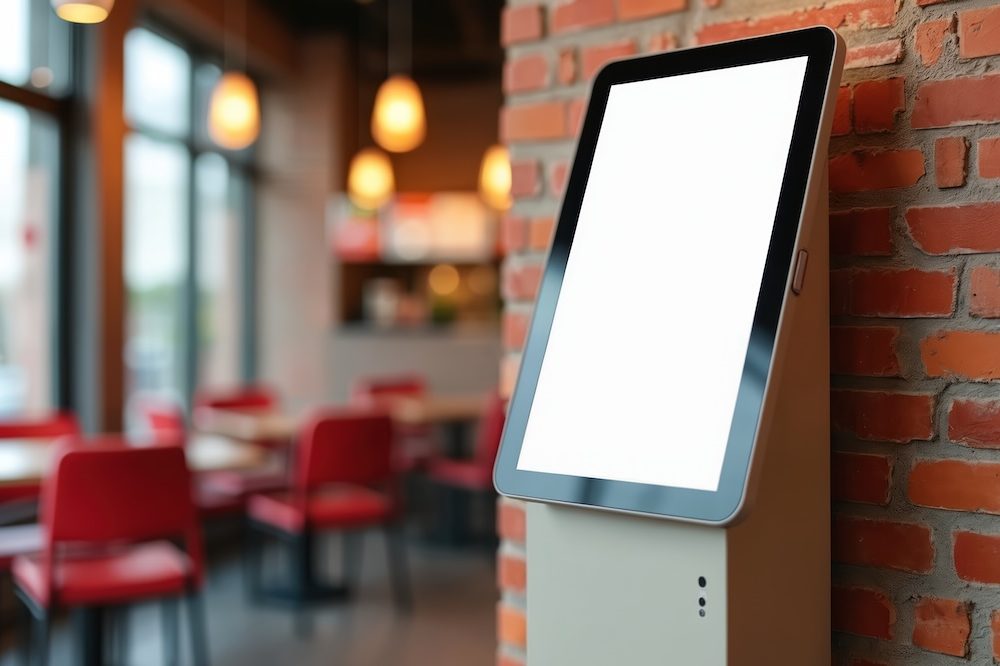Businesses base their decisions about whether or not to adopt new technology on a broadly consistent set of criteria. Chief among them is the fundamental question of financial returns.
No one knowingly spends more on a new investment than they realistically expect to get back. But when we’re asked about returns on investment (ROI) for self-service kiosks, we find providing a clear-cut answer faces three barriers:
- The cost benefits of using kiosks vary significantly by business type and use case;
- Many of the figures circulating online relate to the QSR sector but don’t necessarily translate well to other sectors;
- Some of the biggest benefits kiosks bring, such as customer experience improvements, are difficult to quantify directly because they have lots of non-tangible, non-financial elements.
Figures from the QSR sector are widely available because it quickly established itself as an early success story for kiosks, and moreover in a use case directly linked to sales. It’s always easier to measure the ROI of sales tech because it has such a direct impact on the bottom line.
The many good news stories that have grown out of studies of the impact of kiosks in QSR have been both a blessing and a curse. Big-name evangelists for kiosk technology like McDonalds and Subway had helped spread the word about their capabilities. But the repetition of certain facts and figures is not always helpful to other businesses trying to work out the impact kiosks might have on their business, especially in other sectors.
For example, one of the most frequently cited stats is the fact that kiosks can boost average order values (AOVs) in QSRs. This has been repeated and reconfirmed by several studies over the years, with figures ranging from self-service ordering boosting AOVs from anything between 10% and 30%, to between 8% and 12% of customers accepting upsell offers made by the machine.
Digging down into the experience
As a kiosk vendor providing kiosks across a range of hospitality, retail and other settings, we feel it’s important not to get too bogged down by such figures. Automated up- and cross-sell prompts on kiosks in QSR have proven to have particularly high uptake, with fast food diners happy to add relatively small items to their meals. This direct and obvious impact on revenues inevitably leads to impressive and easy-to-demonstrate ROI.
Yet given the differing nature of the purchases and customer expectations, it’s hard to replicate such figures in other sectors, be it big ticket retail or supermarkets or high street shops.
What we prefer to focus on is what the high AOV and ROI impact of kiosks in the QSR sector tells us about the underlying impact on the customer experience. The phenomenon we see with QSR kiosks happens to translate easily into diners ordering more food. The reasons they do so, however, can be applied more universally across kiosk use.
Across settings, kiosk users report that the self-service experience gives them a greater feeling of control and they feel less rushed looking up information or making purchases at their own pace. It’s this feeling of empowerment that encourages fast food diners to order the precise meals they want, and treat themselves when recommendations are made.
That won’t always show up so directly in revenue figures. But the value of that positive experience cannot be underestimated. It’s what will contribute to customers coming back again and again, to high satisfaction levels, and to a willingness over time to spend more and more with you.
Get in touch with the Oxhoo team to find out more.
